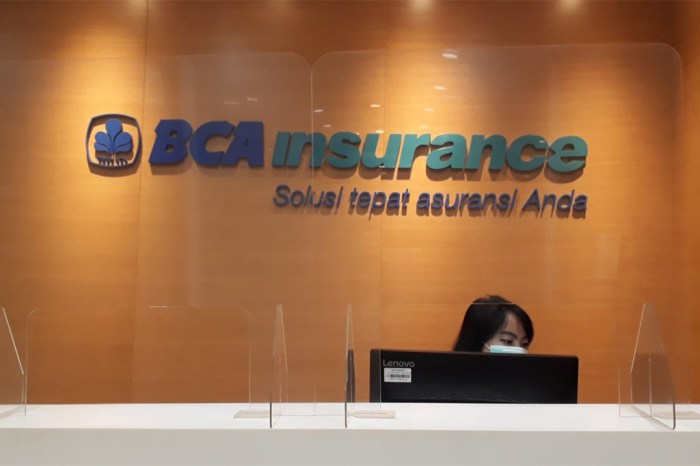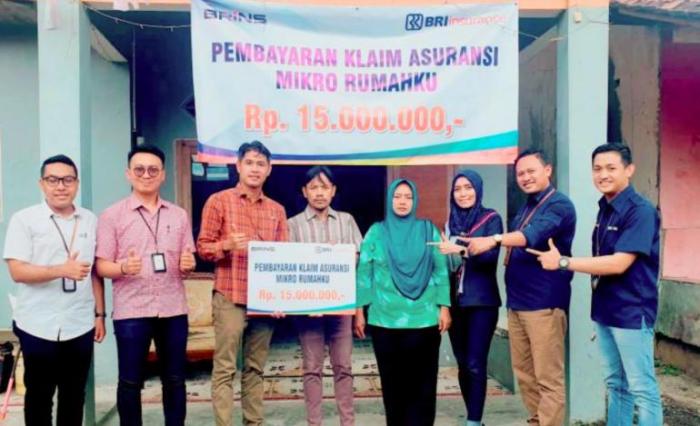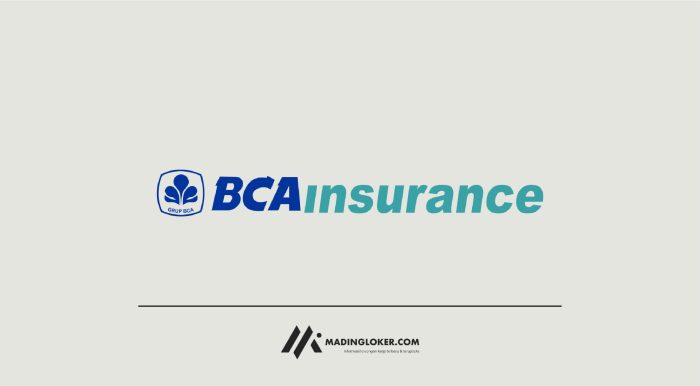Running a bed and breakfast is a rewarding venture, blending hospitality with entrepreneurship. However, the unique operational aspects of a B&B introduce specific risks that standard homeowner’s insurance often overlooks. This guide delves into the intricacies of B&B insurance, clarifying its coverage, essential components, and the process of securing the right policy for your establishment. We’ll navigate the complexities of premiums, claims, and legal considerations, empowering you to protect your investment and peace of mind.
Understanding B&B insurance is crucial for mitigating financial and operational setbacks. From liability claims arising from guest injuries to property damage, comprehensive coverage ensures business continuity and safeguards your personal assets. This guide provides a practical framework for navigating the insurance landscape, enabling informed decision-making to protect your unique business.
Key Components of B&B Insurance Policies

Securing the right insurance is crucial for any bed and breakfast operation. A comprehensive policy protects your business from a wide range of potential risks, safeguarding your financial investment and ensuring peace of mind. Understanding the key components of your policy is essential for effective risk management.
Liability Coverage
Liability insurance is paramount for B&Bs. It protects your business against claims of bodily injury or property damage caused to guests or others on your premises. This coverage extends to accidents occurring on your property, regardless of fault. For example, a guest slipping on a wet floor and suffering an injury would be covered under a liability policy. The extent of coverage varies depending on the policy, with higher limits offering greater protection against significant financial losses from lawsuits. It’s vital to select a policy with sufficient liability coverage to adequately protect your assets.
Property Coverage
Property coverage protects the physical assets of your B&B. This includes the building itself, its contents (furniture, fixtures, equipment), and any outbuildings. Comprehensive policies typically cover damage from various perils, including fire, theft, vandalism, and weather-related events. Consider separate coverage for valuable items like antiques or specialized equipment. For instance, a policy could cover the cost of rebuilding your B&B after a fire or replacing stolen furniture. The level of coverage should reflect the replacement cost of your assets, ensuring you can adequately rebuild or replace them in the event of a loss.
Business Interruption Insurance
Business interruption insurance compensates for lost income and ongoing expenses if your B&B is forced to close due to an insured event, such as a fire or severe weather damage. This coverage helps maintain financial stability during a period of disruption. For example, if a fire renders your B&B uninhabitable for several months, this insurance would cover the lost revenue from bookings and ongoing expenses like mortgage payments and utilities. This protection is crucial for ensuring the long-term viability of your business following a significant setback.
Policy Feature Comparison
| Coverage Type | Cost Factor | Description | Example |
|---|---|---|---|
| Liability | $500,000 – $2,000,000+ per occurrence | Covers bodily injury or property damage claims from guests or others. | Guest slips and breaks their leg; policy covers medical expenses and potential legal costs. |
| Building | Based on replacement cost | Covers damage to the B&B building from insured perils (fire, wind, etc.). | Fire damage requires rebuilding; policy covers reconstruction costs. |
| Contents | Based on replacement cost of furniture, fixtures, equipment | Covers damage or loss of B&B contents. | Theft of valuable antiques; policy covers their replacement cost. |
| Business Interruption | Percentage of annual revenue | Covers lost income and expenses during business closure due to insured events. | Hurricane damage forces closure; policy covers lost bookings and ongoing expenses. |
Claims Process for B&B Insurance

Filing a claim with your B&B insurance provider is a crucial step in recovering from unforeseen events. Understanding the process and required documentation will ensure a smoother and more efficient claim resolution. This section Artikels the steps involved, common claim scenarios, required documentation, and typical claim processing times.
Step-by-Step Claim Filing Guide
To initiate a claim, you should first contact your insurance provider as soon as possible after the incident. Prompt notification is vital for a timely response. Most insurers offer 24/7 claim reporting options via phone, online portal, or mobile app. Following initial contact, the insurer will guide you through the next steps, which may include providing a detailed statement, photographs, and supporting documentation. The specific procedures may vary slightly depending on the nature of the claim and your insurance policy.
Common Claims Scenarios
Common claims for B&B insurance include property damage (e.g., fire, flood, vandalism), liability claims (e.g., guest injury), and business interruption (e.g., loss of income due to unforeseen closure). For instance, a fire damaging the kitchen could result in a property damage claim and a business interruption claim if the B&B needs to close for repairs. A guest slipping and falling on a wet floor might trigger a liability claim. Theft of guest belongings could also lead to a claim, depending on the policy’s coverage.
Required Documentation for Claim Submission
The documentation required varies depending on the type of claim. However, generally, you will need to provide a detailed description of the incident, including the date, time, and location. Photographs or videos of the damage are essential for property damage claims. Police reports are often necessary for incidents involving theft or vandalism. For liability claims, medical records and witness statements might be required. Finally, copies of your insurance policy and any relevant invoices or receipts are also typically needed. Keeping meticulous records is vital for a successful claim.
Typical Timeframe for Claim Resolution
The time it takes to resolve a claim varies greatly depending on the complexity of the claim and the insurance provider’s efficiency. Simple claims, such as minor property damage, may be resolved within a few weeks. More complex claims, involving significant property damage or liability disputes, could take several months. Factors such as the availability of assessors, the need for legal counsel, and the insurer’s internal processes all contribute to the overall timeframe. For example, a claim involving a major fire might take longer to process due to the extensive damage assessment and repair work involved. Maintaining open communication with your insurer throughout the process will help you track progress and address any questions or concerns promptly.
Claims Process Flowchart
A visual representation of the claims process would be a flowchart beginning with “Incident Occurs,” followed by “Contact Insurance Provider,” then branching to “Provide Initial Information,” and “Gather Documentation.” Next would be “Insurance Assessment,” leading to either “Claim Approved” (with subsequent payment) or “Claim Denied” (with explanation of denial). If the claim is approved, the process would then move to “Repairs/Compensation.” If denied, the flowchart could branch to “Appeal Decision.” This visual representation clearly Artikels the steps involved in a claim, from initial notification to final resolution.
Risk Management for B&B Owners

Running a successful bed and breakfast requires careful consideration of various risks that can impact profitability and reputation. Proactive risk management is crucial for minimizing potential losses and ensuring the long-term viability of the business. This section Artikels common risks, preventative measures, and useful risk assessment tools.
Common Risks Faced by B&B Owners
B&B owners face a unique set of risks, differing from those of a typical hotel. These risks span operational, financial, and legal areas. Understanding these risks is the first step towards effective mitigation.
Preventative Measures to Mitigate Risks
Implementing preventative measures is far more cost-effective than dealing with the consequences of an incident. A layered approach, combining various strategies, offers the strongest protection. This includes both physical security and robust operational procedures.
Risk Assessment Tools and Strategies
Several tools and strategies can help B&B owners systematically identify and assess risks. These range from simple checklists to more sophisticated software programs designed for risk management. Regular reviews and updates are essential to ensure the effectiveness of these tools.
Risk Mitigation Table
| Risk | Impact | Mitigation Strategy | Example |
|---|---|---|---|
| Property Damage (fire, flood, vandalism) | Financial loss, business interruption, potential injury | Comprehensive insurance, security systems (alarms, CCTV), regular maintenance | Installing smoke detectors and fire extinguishers, purchasing flood insurance in a flood-prone area. |
| Liability Claims (guest injury, property damage) | Legal fees, compensation payments, reputational damage | Comprehensive liability insurance, clear safety guidelines, regular inspections | Ensuring adequate lighting on walkways, providing clear instructions on using appliances, maintaining a well-kept property. |
| Theft (guest belongings, B&B property) | Financial loss, reputational damage, potential legal issues | Secure storage for guest valuables, security systems, staff training | Providing in-room safes, installing security cameras in common areas, training staff on security protocols. |
| Reputational Damage (negative online reviews, poor service) | Loss of bookings, decreased revenue, negative publicity | Proactive customer service, online reputation management, addressing negative feedback promptly | Responding to negative reviews professionally, actively soliciting positive reviews, providing exceptional customer service. |
| Occupancy Fluctuations (seasonal variations, economic downturns) | Reduced revenue, cash flow problems | Diversification of revenue streams (e.g., offering packages, events), marketing strategies, flexible pricing | Offering special weekend packages, running targeted advertising campaigns during off-season, implementing dynamic pricing based on demand. |
Last Point
Securing adequate B&B insurance is not merely a compliance matter; it’s an investment in the long-term viability and success of your business. By carefully considering the factors influencing premiums, understanding the claims process, and choosing a reputable provider, you can build a robust safety net against unforeseen circumstances. This proactive approach not only protects your financial interests but also fosters a secure and welcoming environment for your guests, contributing to a thriving and sustainable B&B operation.
FAQ Insights
What types of liability claims are typically covered by B&B insurance?
Commonly covered liability claims include guest injuries on the property (e.g., slips, falls), damage to guest belongings, and allegations of negligence leading to bodily harm or property damage.
How does the age of my B&B building affect my insurance premium?
Older buildings may have higher premiums due to increased risk of structural issues and potential need for repairs. Regular maintenance and updates can help mitigate this.
Can I get insurance if my B&B operates in a high-risk area (e.g., flood zone, wildfire prone)?
Yes, but premiums will likely be higher. Specific coverage for flood or wildfire damage might require separate policies or endorsements.
What is the typical timeframe for resolving a B&B insurance claim?
This varies by insurer and claim complexity. Simple claims might be resolved within weeks, while more complex ones could take several months.